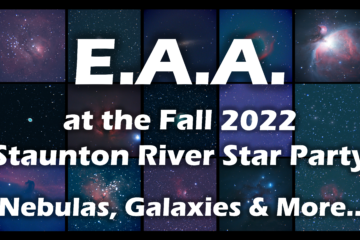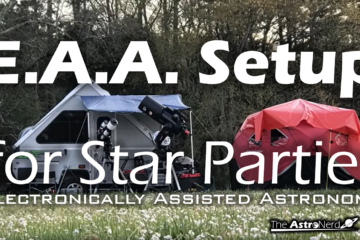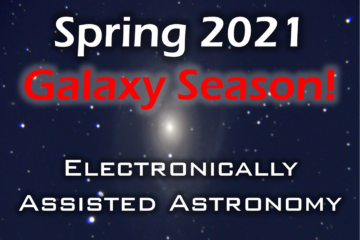This was my first ECVAR and it definitely did not disappoint! ECVAR is not your standard star party. Yes, it’s about observing, but it’s about observing with a video camera and not with eyepieces. The view thru the telescope is fed to a computer or monitor for all to see. ECVAR is hosted by Cool Breeze Campground, just outside Galax, VA.
I arrived on Monday afternoon, the day after ECVAR started. Unfortunately it rained pretty much all Monday evening, thru Tuesday mid-day. Tuesday evening treated us to some rather spectacular but worrisome clouds. The photo carousel below has shots of the clouds from Tuesday evening as well as my set up while at ECVAR, There are two additional photo carousels with captures of the objects I viewed using my two telescopes.
Landscape and Camp Site Images:
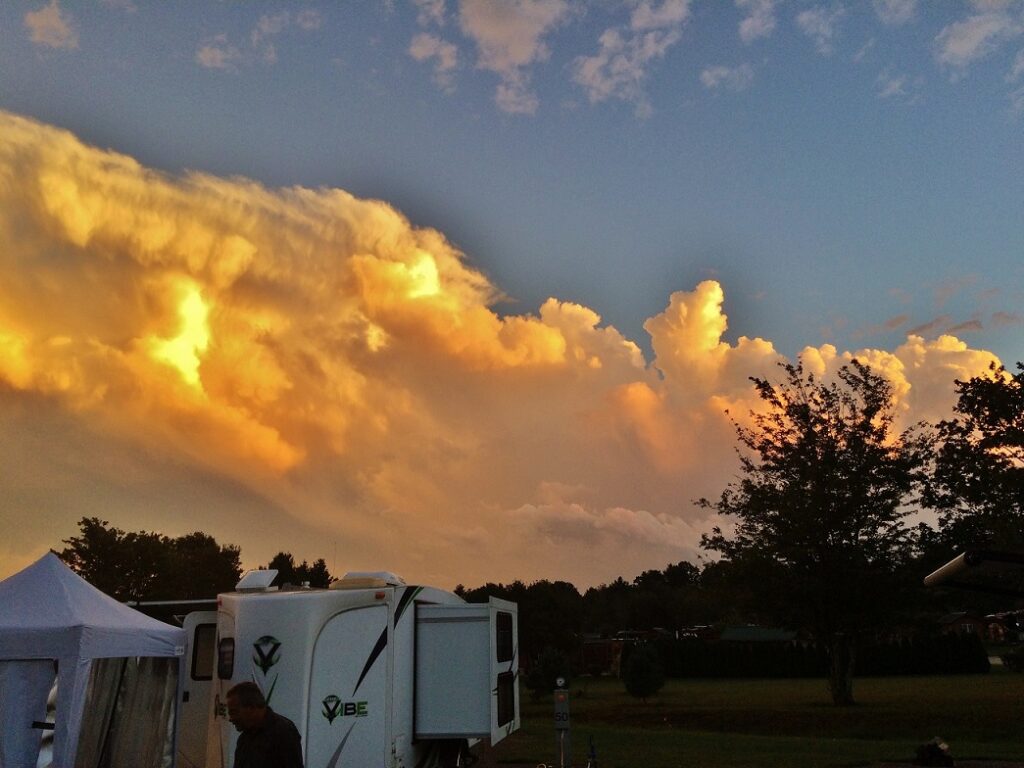
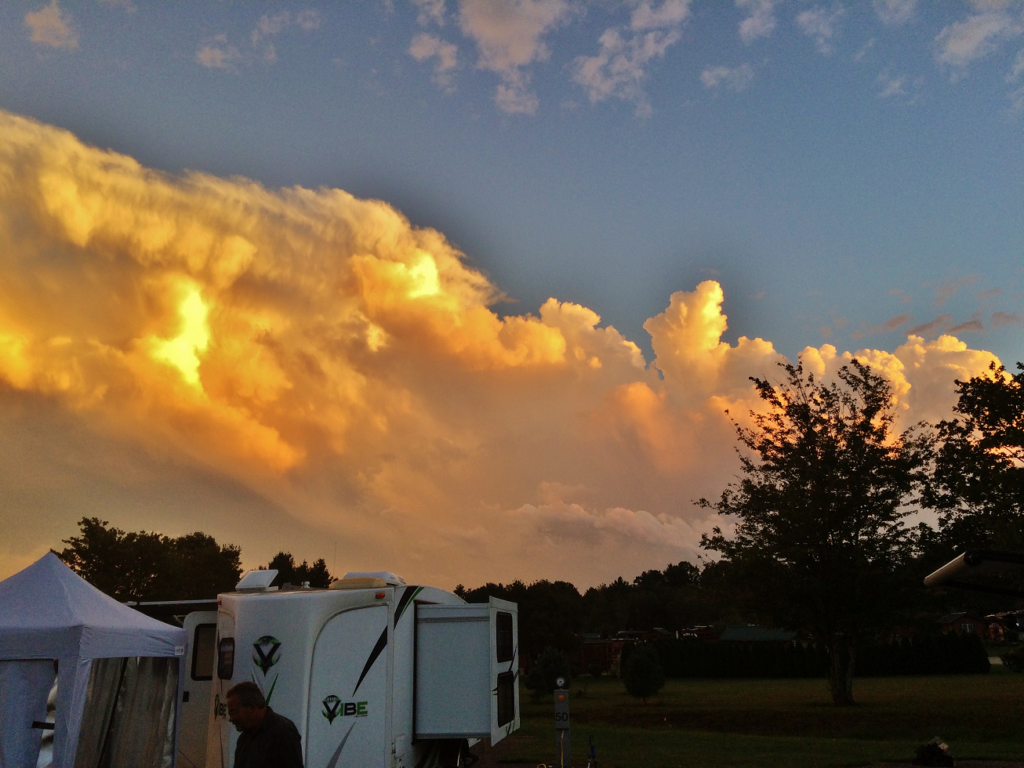
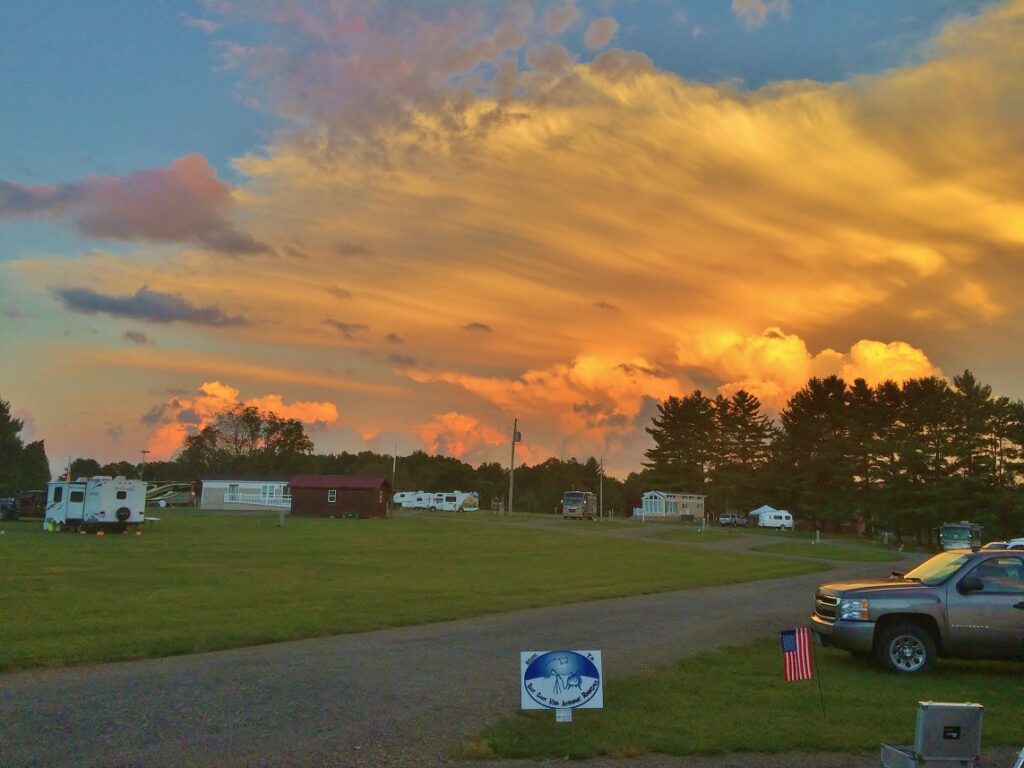
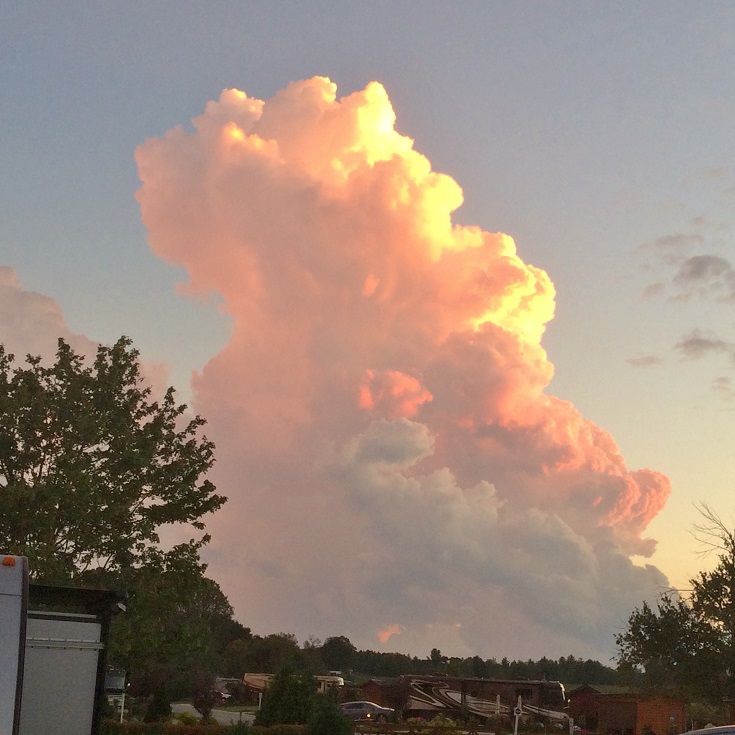

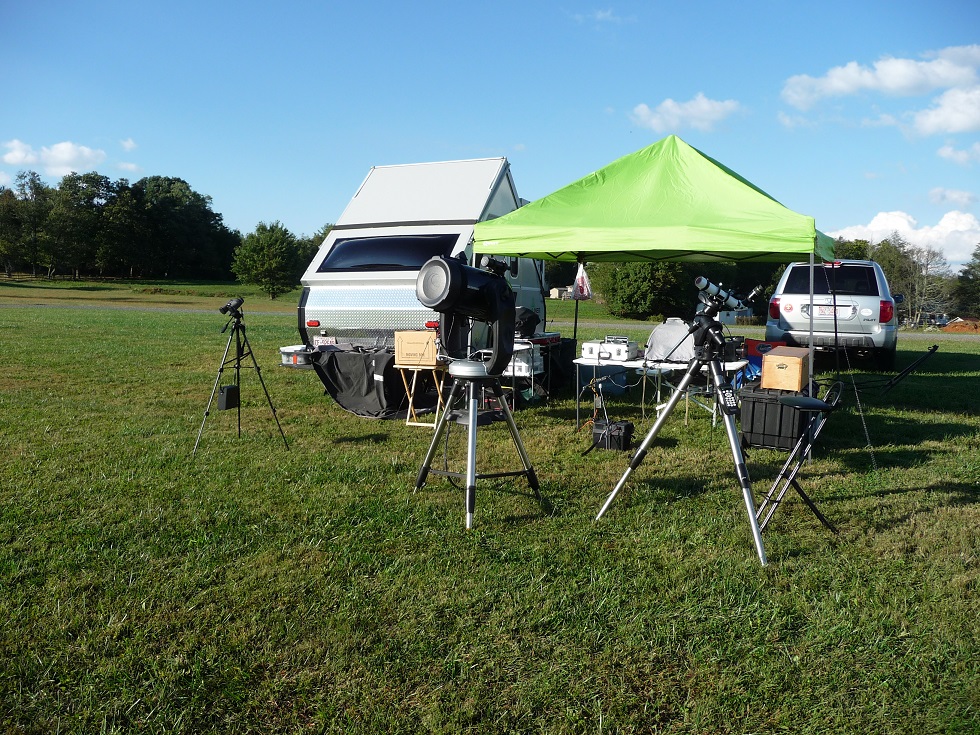

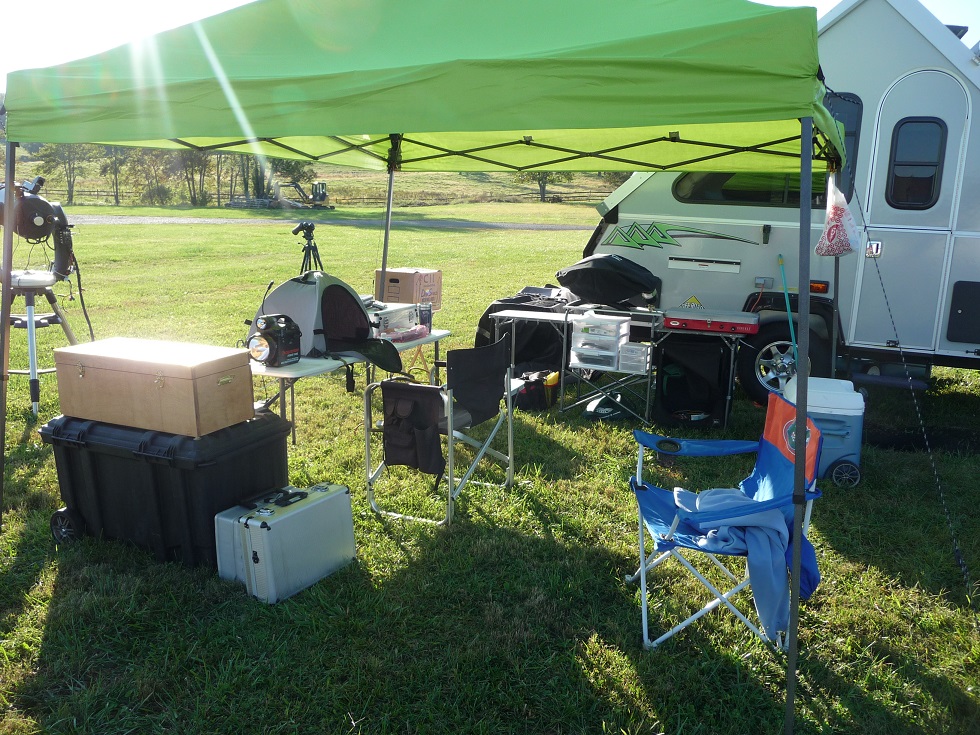








My primary set up was my Celestron CPC 1100 (11″ SCT) telescope running in alt-azm mode with the Astro Video Systems MK-IV camera and a focal reducer providing an approximate focal ratio of F/3.8. In a few shots, I tried even more aggressive focal reduction but the resulting vignetting distorted the brighter stars at the edge of the field of view. The maxium video integration times with this set up was approximately 40 seconds but most views was 20 seconds. Because the mount is running in alt-azm mode, 40 seconds was the most I could do before field rotation and star trails became visually apparent. I think there may be an equatorial wedge in my list of future upgrades for the scope. The captures below were straight from the capture software SharpCap 2.9, basically these were live images. None of these images have been post processed. The images below were collected from Tuesday night/Wednesday morning as well as Friday night/Saturday morning. I was impressed at the amount of dew both nights!
Images From My Celestron CPC 1100:
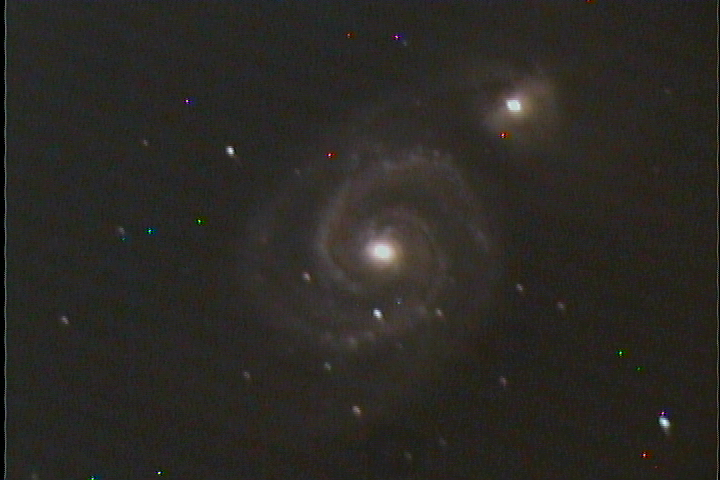

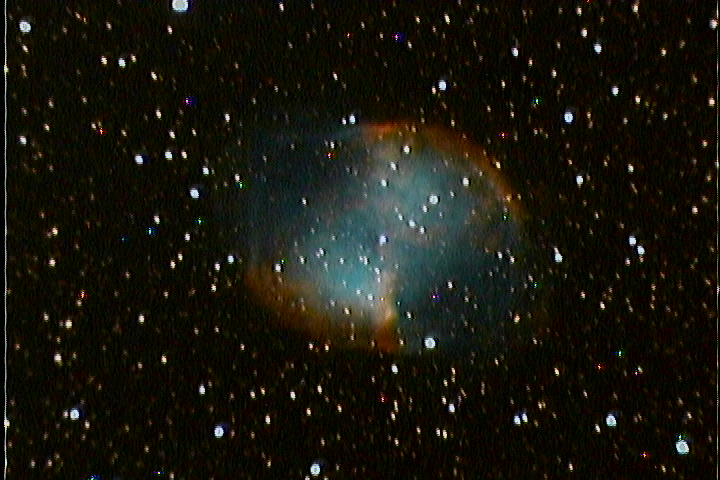
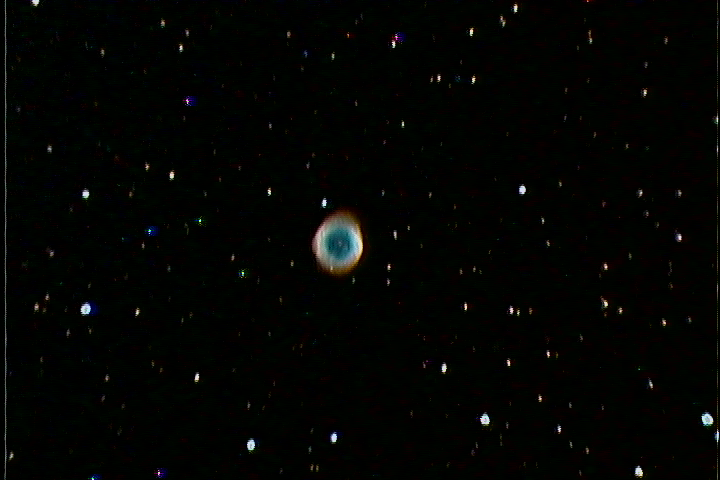
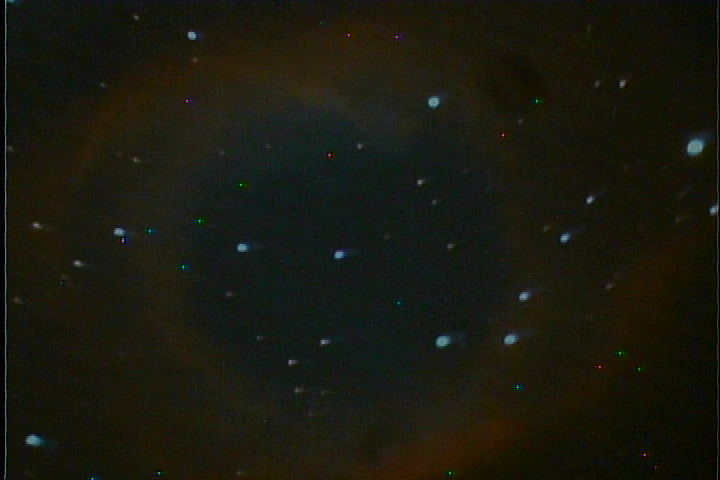
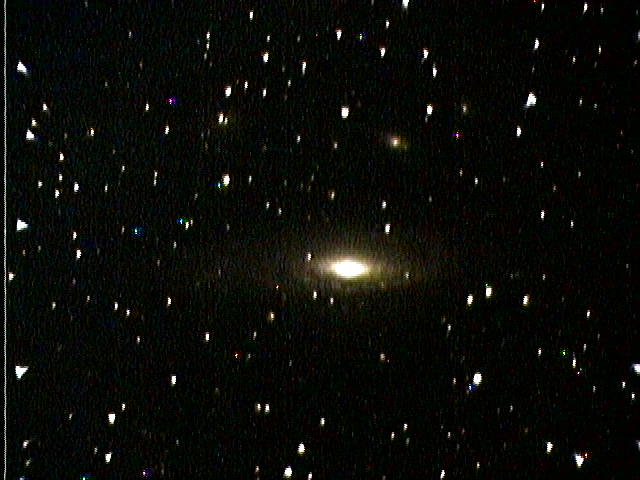

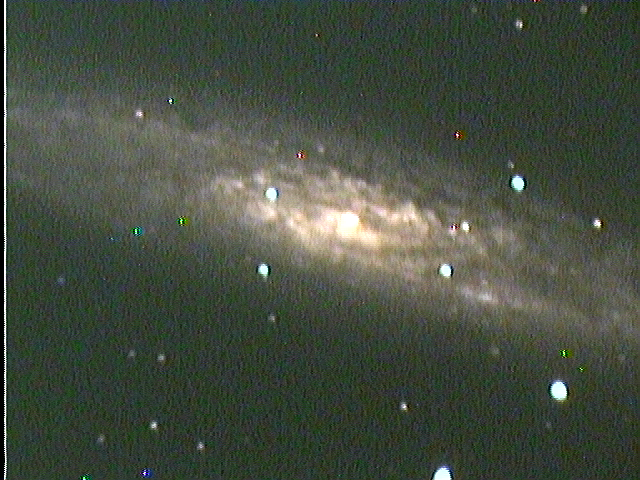
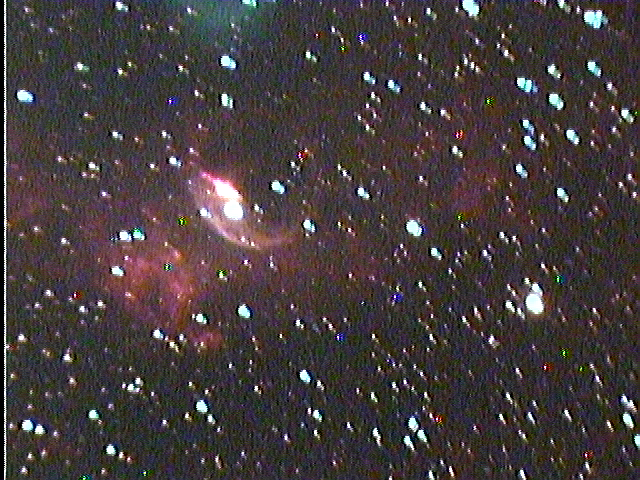
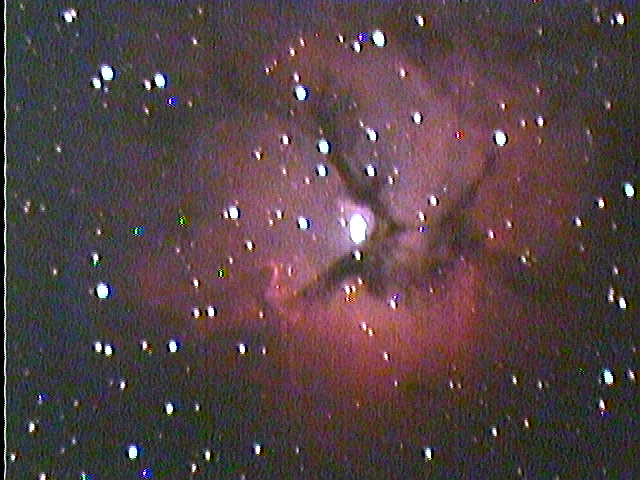
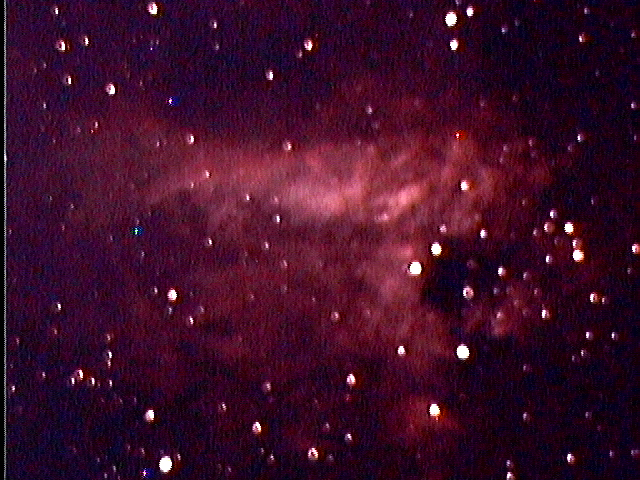
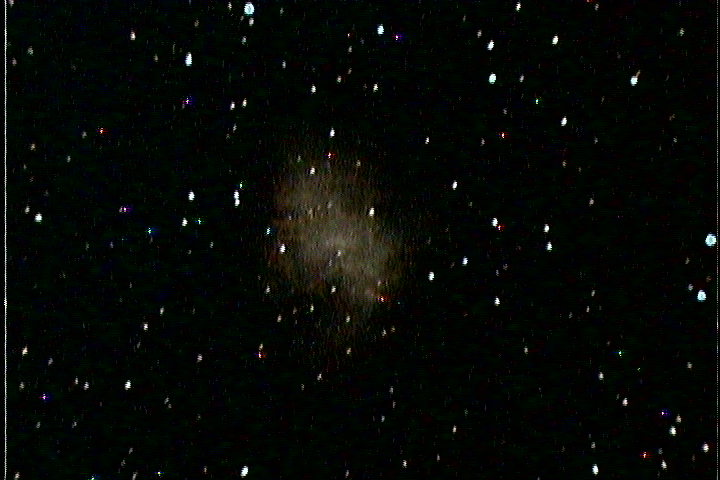
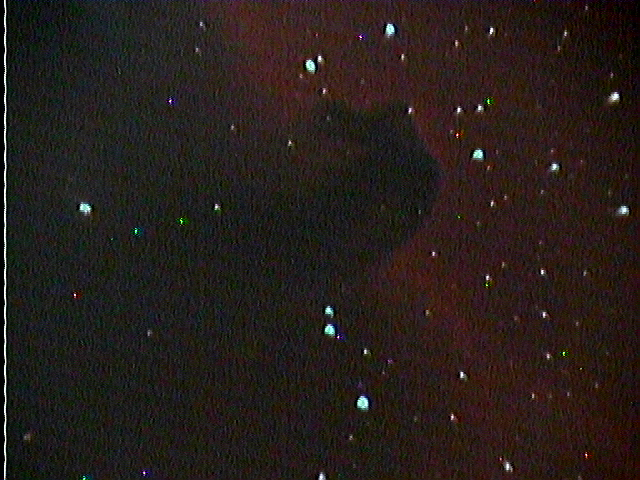













EVCAR was the first time attempted capture video using my Explore Scientific AR102 (4″ refractor) telescope riding atop my Celestron GC-5 Advanced GT equatorial mount. The camera was the same, the Astro Video Systems MK-IV and a focal reducer providing an approximate focal ratio of F/2.5. One thing I was not prepared for was the dewing up my refractor, I had never had that happen before; I guess that’s because I’ve never used it a my primary set up for a full night. Needless to say, there are some captures below that I just could seem to bring out the faint details on. After seeing how bad the front objective lens was dewed-over, I was impressed that I got any detail at all! Looks like I’ll need to add dew strips and a dew controller to my list of upgrades.
Images From My Explore Scientific AR102:
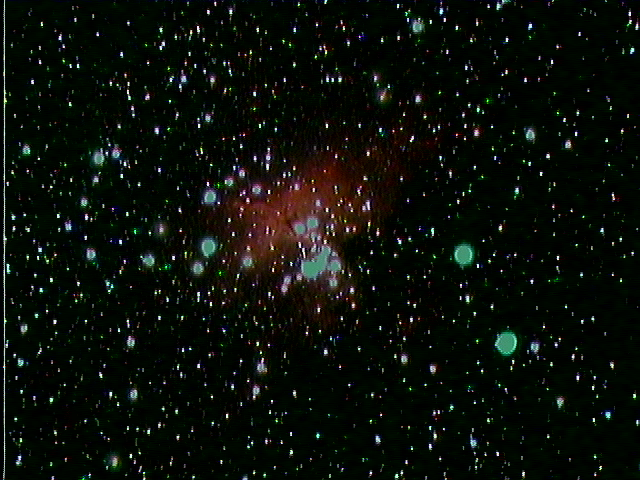


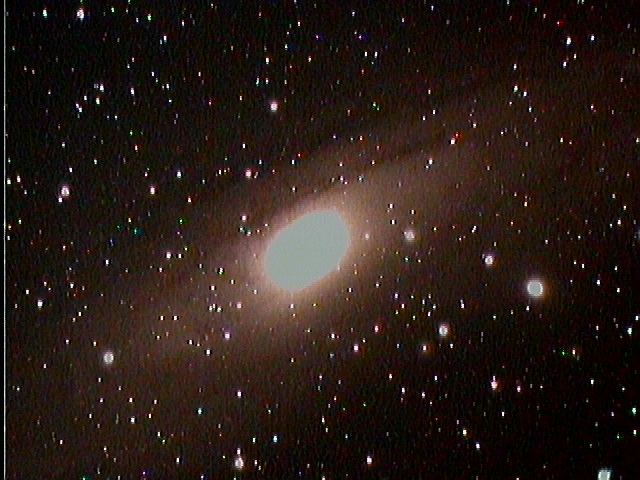
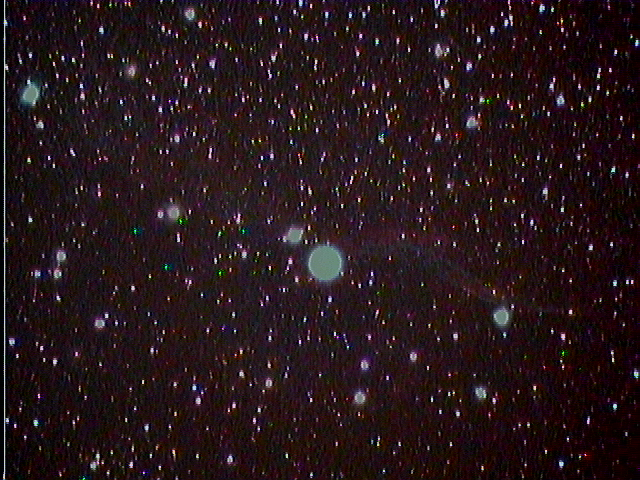







Wishing you clear, steady and DRY skies!
-Mike
